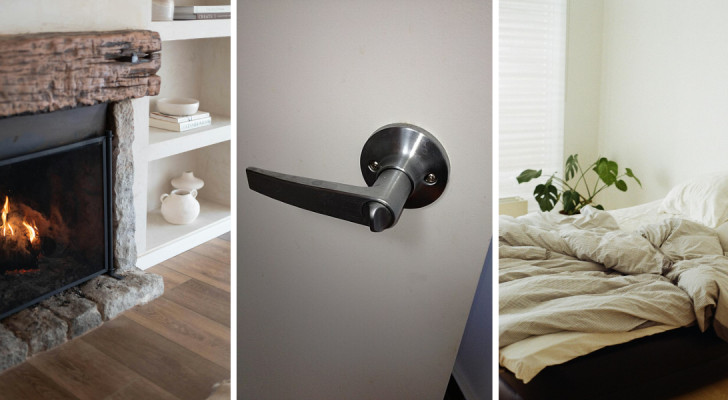Deep-cleaning of your fridge: why this is important and how best to do it

U.S. Department of Agriculture/Flickr
The introduction of fridges into our homes has allowed us to preserve our food for much longer, with significant benefits for our health and well-being. However, the fridge needs to be used properly and, in particular, it needs to be kept clean in order to store our foodstuffs hygienically.
So, what's the best way to go about cleaning a fridge? Well, check out this short guide:
Why clean the fridge?
A fridge requires regular, periodic cleaning for the following main reasons:
- to make sure you remove any expired food or food that has been opened for too long;
- to eliminate any solid or liquid food residue that may have settled/spilled/leaked onto the internal surfaces;
- to prevent the development of unpleasant odors due to bacterial growth;
- to keep food from becoming contamined from being kept in unsanitary conditions.
When to clean the fridge
In order to keep your fridge in pristine condition, it needs to be cleaned regularly and here's a handy guide to doing this:
- under normal conditions, a deep cleaning once every 3 months is recommended;
- if your fridge is empty for long periods and/or you mainly use hermetically packaged/sealed foodstuffs (that do not easily leave residue), you can postpone deep cleaning your fridge to once every 6 months;
- if, however, your fridge is used heavily by a lot of residents and/or you store a lot of perishable foodstuffs in it, you should consider deep cleaning it once a month.
1. Empty the fridge

@alessiatandin/Instagram
The first thing to do when you decide to do a deep cleaning of the fridge, is to empty it out completely.
To make this step easier, we recommend that you plan this cleaning in advance, so that you can consume as much of the food you have in the fridge as possible beforehand.
When emptying the fridge, check the expiry dates and throw away all products that have expired, gone off or have been left open for too long.
Store the remaining food in a cooler bag/igloo whilst you're doing the deep cleaning of your fridge (which should take no more than 2 hours).
2. Cleaning inside the fridge

@boilerhouse_spaces/Instagram
When the fridge is completely empty, remove all the detactable parts (shelves, crisper drawers, racks, etc) and, if possible, wash these parts in your dishwasher. Alternatively, wash them with water and dishwashing liquid, and using a non-abrasive sponge to avoid damaging any delicate surfaces.
Clean the gaskets/seals and the internal surfaces of the fridge in order to remove any mold and bacteria which can produce unpleasant odors. To do this, you can use water and dishwashing liquid (which is very effective in removing greasy residue); alternatively, use a solution of water and vinegar in equal parts.
If your fridge has yellow splotches or particularly stubborn stains on any of its surfaces, clean these with a paste made from baking soda and water. To remove mold, a solution of hydrogen peroxide and baking soda will work well.
Dry each part of the fridge you've removed and washed thoroughly before putting them back.
3. Restock the fridge
Now that the inside of your fridge is clean, you can restock it.
To do this optimally, your food must be stored in an orderly, hygienically sound manner, outlined below:
- on the upper shelves, store cooked foods and products that must be consumed within a short period of time;
- on the central shelves, store dairy products and eggs;
- on the lower shelves, store raw meat and fish (in order to avoid them contaminating other foods);
- in the lower drawers/crisper, store fruit and vegetables;
- in the door racks, store products that only require "light" refrigeration, such as drinks and butter.
4. Cleaning the outside of the fridge

RDNE Stock Project/Pexels
Once you have finished cleaning the inside of your fridge and restocked it, complete the task by cleaning the outside surfaces.
For this final step, you can use a solution of water and vinegar or water and baking soda. Using one of these mixtures, wipe down all the external surfaces with a soft cloth.
Once wiped down, dry off all the surfaces with a clean, lint-free cloth.
By following these steps regularly, your fridge will always be perfectly clean and sanitized!





